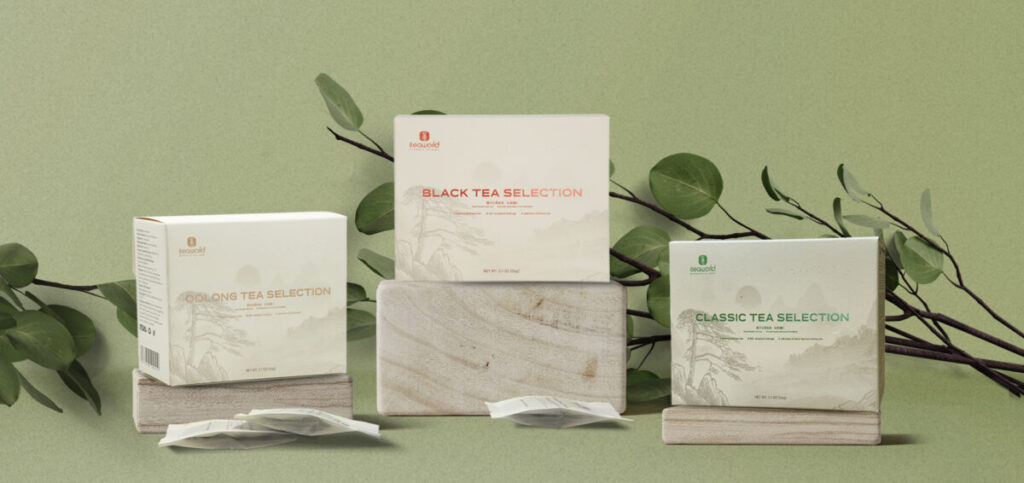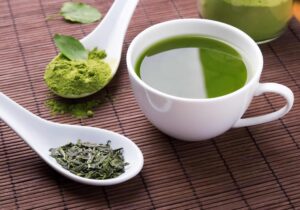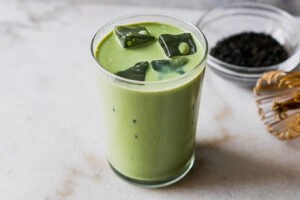In China, the tea culture has a deep-rooted history, and the six major types are its finest representations. There are many tea lovers who prefer aged one, and they believe that it becomes more flavorful as it settles over time. However, not all them are suitable for long-term storage, as each type has its own shelf life based on its unique characteristics. Today, let’s delve into the optimal storage time and methods for China’s six major types with iteaworld, ensuring that our teas remain fresh and of the highest quality.
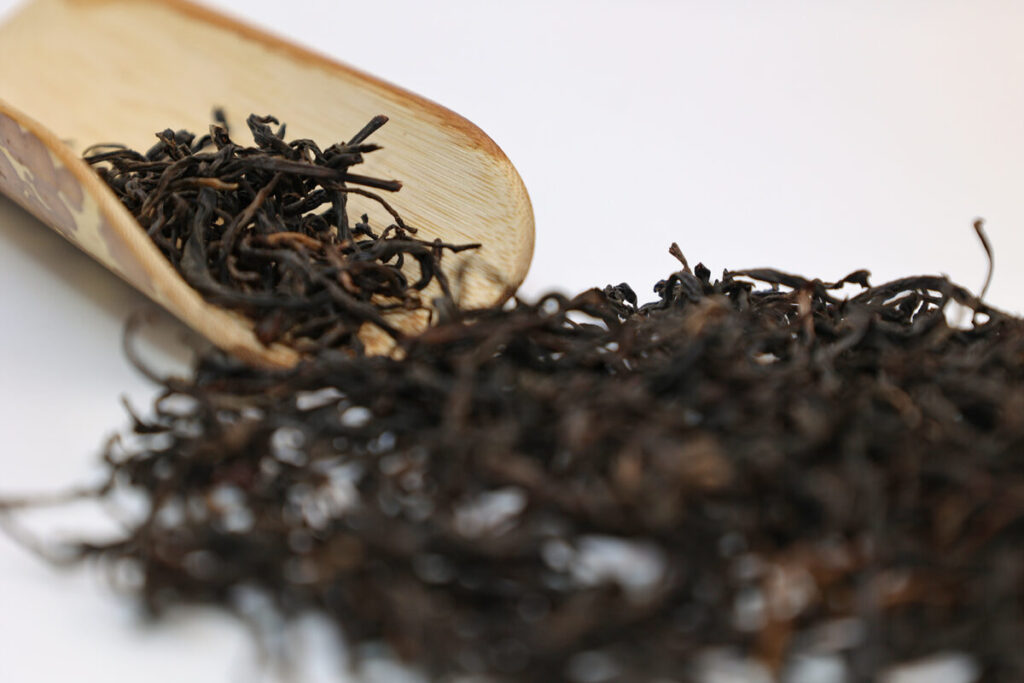
Green Tea
Optimal storage time: Up to one year at room temperature, but can be extended with proper storage.
Storage method: Seal in aluminum foil and moisture-resistant bags, then store in a metal can in a cool environment at approximately 5°C. If unopened needs to be stored for more than a year, refrigeration is recommended.
White Tea
Optimal storage time: White teas aged for over three years are preferred, and those aged for more than ten years are highly valuable for collectors.
Storage method: Store at room temperature in an ideal temperature range of 4-25°C, without the need for refrigeration. Seal the tightly and ensure the environment is free from toxins, odors, and moisture.
Black Tea
Optimal storage time: Generally, it is best consumed within one year. Second-picked and autumn-picked can be stored for 1-2 years, while Ceylon can be preserved for approximately 2 years.
Storage method: Avoid mixing different types during storage and keep it away from light, high temperatures, and odorous items. Recommended storage involves sealing in airtight containers using foil paper or tin cans, with temperatures below 25°C.
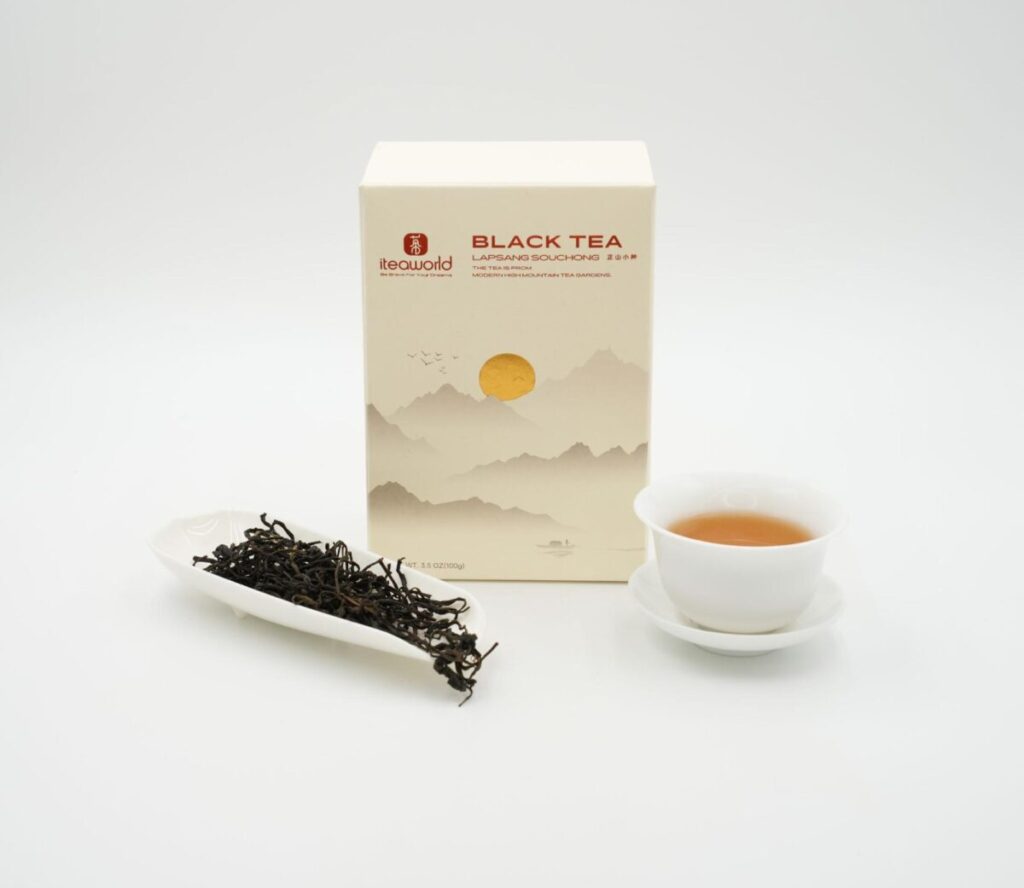
Dark Tea
Optimal storage time: It can be aged for around 10-15 years, loose-leaf for 5-10 years, and premium-quality made from exceptional raw materials are best consumed within 1-2 years. For raw pu’er, it is best consumed after aging for 10-15 years, while ripe has a shelf life of over 15 years.
Storage method: The storage area should be clean, ventilated, dry, and free from odors. Loose-leaf can be wrapped in parchment paper or placed in ceramic jars, while basket-packed, brick, and compressed teas should be placed in odorless cardboard boxes and sealed, ensuring proper ventilation.
Yellow Tea
Optimal storage time: Generally, only about a year (except for compressed yellow tea).
Storage method: Yellow bud can be stored similarly to green, while compressed yellow, due to the added compression process from black tea, has the ability to withstand longer storage.
Oolong Tea
Optimal storage time: Can be refrigerated for up to 18 months, while roasted oolong can be preserved for up to 24 months.
Storage method: Use ceramic jars for low-temperature, dry, and light-avoidance storage, while roasted oolong can be stored in a cool and well-ventilated area.
Therefore to conclude, the quality and flavor of tea greatly rely on correct storage methods. By exploring the optimal storage time and methods for China’s six major types with iteaworld, we believe you have learned the secrets to maintaining the freshness and excellence of your tea. Each sip is a tribute to culture, so let’s explore and share the wonders of tea!
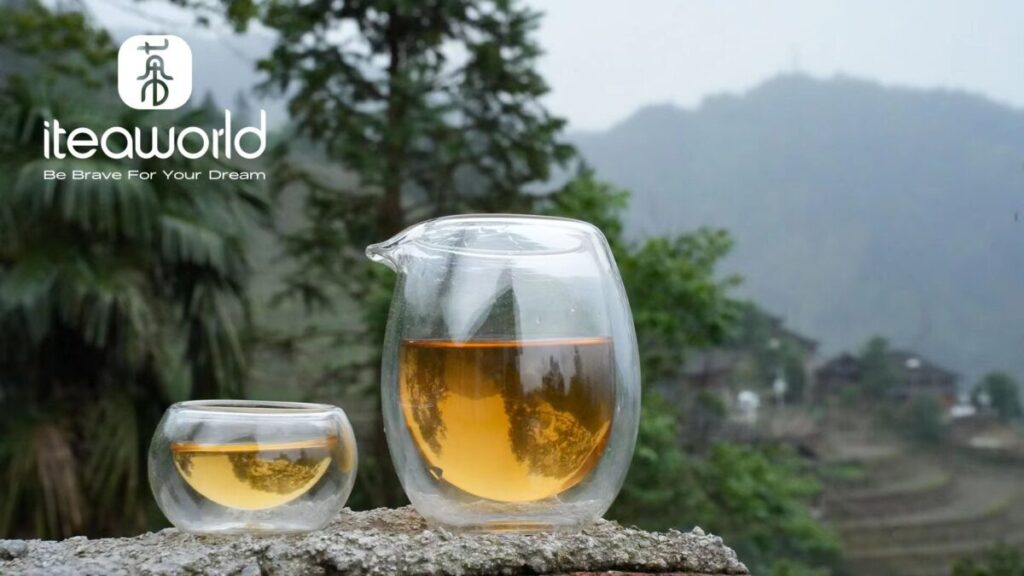
For more about tea and culture, welcome to visit iteaworld.com, where more professional knowledge and exciting contents are waiting for you to explore.
